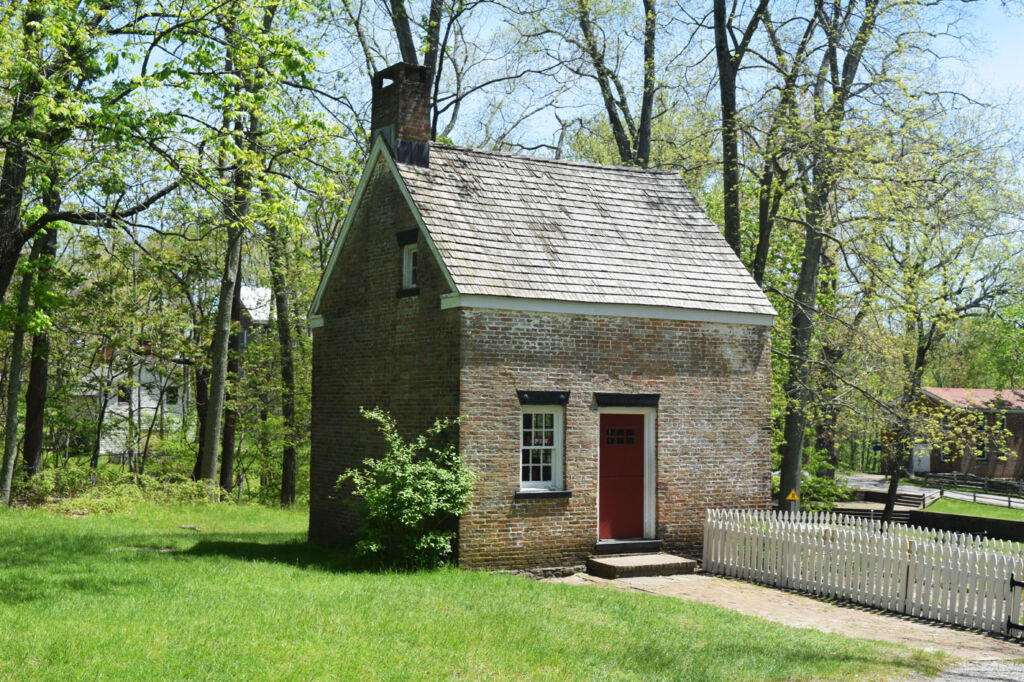

With millions of Britons still working from home in what for many is the ‘new normal’, the property map is being redrawn as fewer commutes allow people to radically reconsider where they live, and what they want from their home.
This year has seen a huge re-evaluation in how Brits want to live. People up and down the country are appreciating the benefits of space with huge numbers living in urban locations now wanting a garden or larger outdoor areas and more space within their homes.
In a number of our recent property articles, we’ve discussed why the lure of inner-city living is rapidly diminishing and how the quality of one’s life is now trumping ease of access. Millions of Brits have embraced working from home and many employers have seen the obvious benefits from this new way of doing business.


Official data is showing two in five (41%) UK workers are still working from home all or part of the time. The easing of lockdown restrictions has not ushered a return to the pre-COVID daily commute.
Garrington Property Finders‘ analysts have pinpointed the 15 locations across the UK with most to offer the post-COVID commuter, able to work from home at least some of the time. All are within half an hour of a major regional city or 90 minutes from London, and all have high broadband speeds – with at least 55% of homes having access to ultrafast broadband.
The top 15 have been ranked by a wellbeing score, which combines official data in four categories – air quality, open space, access to green space and residents’ happiness.
The Glasgow suburb of Giffnock, known for its golf courses, stately villas and red sandstone houses, triumphs. At just 16 minutes from the centre of Scotland’s largest city, it edges historic Kirkintilloch – the “Canal Capital of Scotland” – into second place.
England’s star performers both boast a world-class academic pedigree. Third-placed Cambridge is 49 minutes from London by train and pips its Boat Race rival, fourth-placed Oxford – which is 57 minutes from the capital – thanks to its higher wellbeing score.
*Locations are ranked according to a wellbeing score, composed of local authority data for air quality, open space, access to green space and residents’ happiness.
**Land Registry data, 2019 average value. Prices shown are the local authority average for a detached house (Scotland) or a home over 1000ft2 (England).
Jonathan Hopper, CEO of the buying agents Garrington Property Finders, comments: “Shrinking journey times, faster broadband speeds and the rise of home-working were reshaping the property landscape even before the pandemic hit. But Britain’s national confinement has turbocharged the change; an evolution that might have taken years is now happening in weeks.
“Three months of lockdown have led many of us to reassess what we want from our homes. Our research shows more than half of would-be buyers have changed their requirements since March, with gardens, open space and faster broadband emerging as top priorities.
“Two out of five workers are still working from home, and many of us may never go back to a daily commute. Post-COVID commuting is likely to look very different, and we’re seeing a stream of digital commuters – who are less tied to the large cities and able to work from home some of the time – explore new areas offering better value, more space and a better quality of life.
“The COVID crisis has pushed the property market into a hard reset. New commuter hotspots will emerge, where the quality of life and broadband speeds are as important as the speed of the commute. While some traditional favourites will continue to thrive, our research confirms the arrival of a new set of professional, mobile buyers who need expert intelligence to identify the areas with the greatest potential.”
Read more property-related articles in our dedicated section here.
